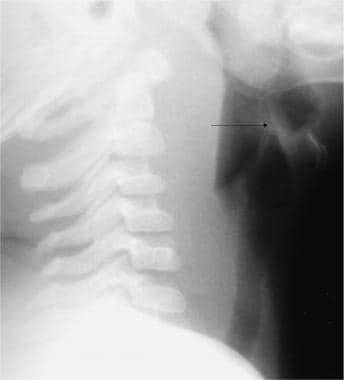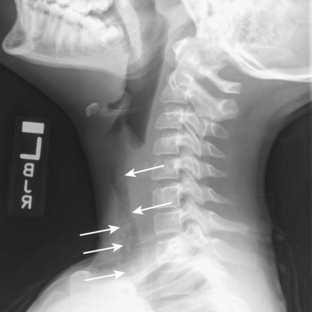It stays open during breathing allowing air into the larynx. There was an outlier in EP2s measurement which corresponded to a subject whose epiglottis.
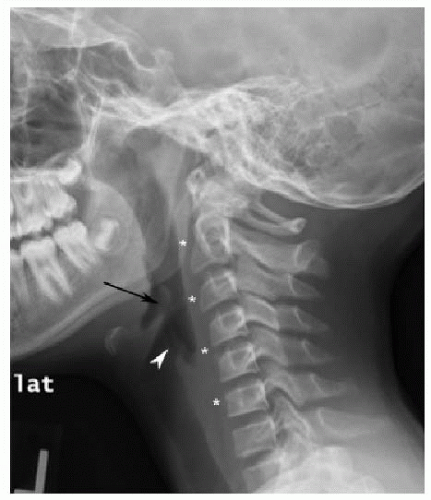
Upper Airway Obstruction Radiology Key
The thickness of the epiglottis was measured on CT scans and the results analyzed with the Students t-test an analysis of variance and.
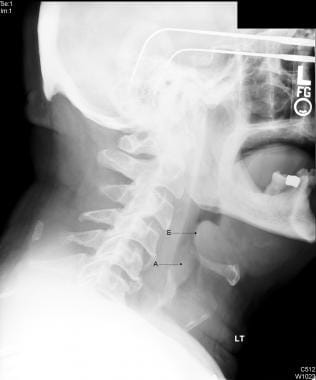
. Width of the epiglottis greater than 8 mm and of the aryepiglottic folds greater than 7 mm seem highly suggestive of epiglottitis in the adult. The epiglottis in men was significantly thicker than that in women p. The epiglottis in men was significantly thicker than that in women p.
When the head is. A statistically significant difference was observed in thickness depending on longitudinal height p. This was greater in.
See the image below. The infant epiglottis is long stiff and often described as Ω or U shaped. Epiglottis Thickness Computed tomography Introduction The larynx is divided into 3 regions.
The thickness at the median was larger than that bilaterally in all patients p. B c Sagittal b and axial c contrast-enhanced CT images in a 21-year-old man with epiglottitis show thickening of the epiglottis arrow in b and aryepiglottic folds arrows in c. On lateral C-spine X-ray the thumbprint sign describes a swollen enlarged epiglottis.
The average Korean epiglottis thickness was measured to be 231-022 mm range. The function of the epiglottis is to close the laryngeal inlet during swallowing and so to prevent the passage of food and liquid into the lungs aspiration. 1501 Plain film Spine Cervical spine.
This was greater in men 249 013 mm than in women 234 013 mm p 0001. No statistically significant difference was observed in thickness depending on side or age. During swallowing it closes to prevent aspiration of food into the lungs forcing the swallowed liquids or food to go along the esophagus toward the stomach instead.
Because the epiglottis is more obliquely angled visualization of the vocal cords may be difficult during direct laryngoscopy. The radiographic appearance of the equine epiglottis is variable being subject to technical anatomic and physiologic influences. It should be noted that an omega epiglottis either a variant of normal or in the setting of laryngomalacia can result in a similar appearance and can be mistaken for epiglottitis.
The thickness of the normal epiglottis was estab-lished at each level. The average patient age was 352 - 81 years. A Sagittal contrast-enhanced CT image in a 41-year-old man shows a normal epiglottis arrow measuring 23 mm in thickness.
The patient ducked his head at the moment of the blast and most of the shot impacted superficially in his scalp. Soft-tissue lateral neck radiograph reveals edema of epiglottis consistent with acute epiglottitis. However one pellet entered the mental vertex of his.
A neutrally positioned head ensures a standardized image of the throat. A normal X-ray however does not exclude the diagnosis. Control subjects were recruited using CDARS to search for all patients aged 18 years or above who attended the AED of KWH during the study period and had undertaken cervical spine radiograph Exam code.
The average thickness of epiglottis was 0236 cm and the standard deviation was 0020. MeSH terms Acute Disease Adult. The epiglottis was visualized in all 100 subjects including 62 women and 38 men.
Lateral soft tissue radiograph of the neck demonstrates thickening of the epiglottis and aryepiglottic folds referred to as the thumb sign. This 30-year-old man was wounded with a shotgun. The normal epiglottis is a thin crescent.
It may be necessary to lift the tip of the epiglottis with a laryngoscope blade to visualize the vocal cords. There was moderate correlation between height and epiglottic thickness R 048. 6 It projects posteriorly above the glottis at a 45-degree angle.
It is usually seen in children but may be detected in adults as well. Sometimes the epiglottis may be high-rising and elongated but it is completely harmless only more visible from the outside when the mouth is open 4. No statistically significant difference was observed in thickness depending on side or age.
The thickness at the median was larger than that bilaterally in all patients p. There was significant correlation between epiglottis thickness and body surface area r0533 weight 0517 height 0437 and body mass index 0372. The supraglottis the glottis and the subglottis.
This is why we cant and shouldnt try to talk. Normal epiglottis versus epiglottitis in two patients. The measurement differences were significant between the groups only for the width of the epiglottis and aryepiglottic folds P less than 01.
It is thus the valve that diverts. The larynx is divided into supraglottis glottic and subglottic parts whereas the trachea is composed of the cervical extrathoracic trachea and the mid and lower intrathoracic trachea12 The supraglottic portion of the larynx is constituted by the epiglottis aryepiglottic folds arytenoids and false cords. We believe that these data could serve as a reference in diagnosing and detecting abnormalities of the epiglottis.
The mean and median of EP2s measurement were slightly smaller than those of EP1 so were the lower and upper quartiles. 188 mm to 284 mm with greater thickness noted in men 241-021 mm when compared to women 221-018 mm p 0001. The epiglottis is visible from the outside posterior to the tongue appearing like a flat flap beneath the uvula.
The epiglottic thickness was 239 - 015 mm. An ultrasound may be helpful if specific changes are present but its use as of 2018 is in the early stages of study. The epiglottis is a cartilaginous flap that extends in front and above the laryngeal inlet or more specifically the rima glottidis glottis.
On CT imaging the Halloween sign describes an epiglottis of normal thickness. The epiglottic thickness was 239 015 mm. Like the guttural pouches and pharynx the larynx is optimally imaged with a lateral projection of the throat using a soft-tissue exposure.
A statistically significant difference was observed in thickness depending on longitudinal height p. The epiglottis is a single midline leaf-shaped fibrocartilaginous structure that forms part of the supraglottic larynx and defines the division of the hypopharynx from the larynx. It can safely exclude the acute epiglottitis.
Neck region or normal appearing epiglottis found by direct visualisation or CT of the neck region. The epiglottis is usually 3-5. The epiglottis is a leaf-shaped flap in the throat that prevents food and water from entering the windpipe and the lungs.
An estimate of the thickness of the epiglottis of the normal population. Gross anatomy The epiglottis projects posterosuperiorly from its stem-like base which is attached to the thyroid cartilage. However when this was analyzed separately for men and women there was no significant correlation between epiglottic thickness and height.
A normal epiglottis in another patient is shown for comparison C.

Normal Lateral Soft Tissue Radiograph Of The Neck In A Paediatric Download Scientific Diagram
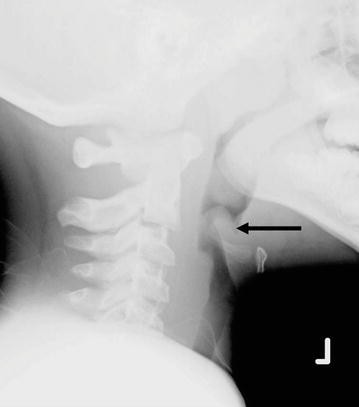
Radiologic Evaluation Of Larynx Springerlink
Learning Radiology Epiglottitis

Normal Anatomy Trachea And Bronchi Euroform Healthcare
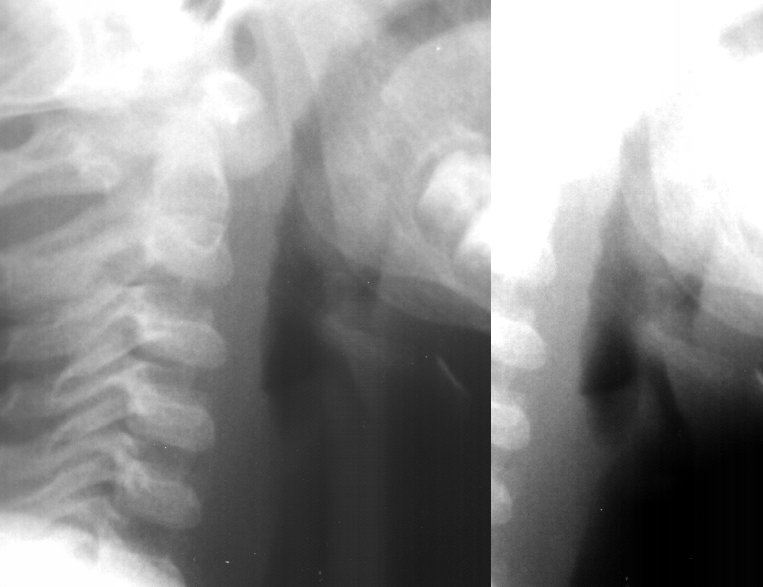
How Can We Rule Out Epiglottitis Don T Forget The Bubbles
Learningradiology Epiglottitis

Pdf Sonographic Measurement Of The Epiglottis In Normal Chinese Adults Semantic Scholar

Upper Airway Obstruction Radiology Key
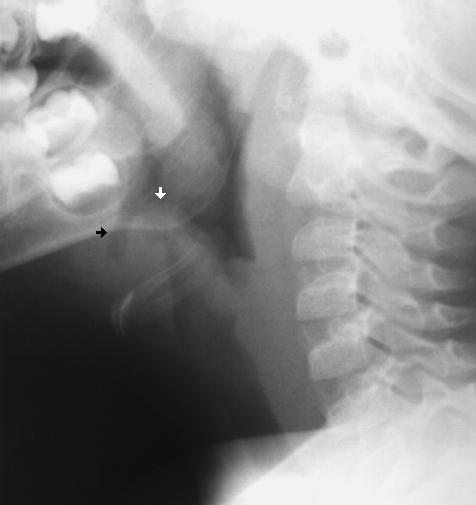
Radiology In Ped Emerg Med Vol 2 Case 20
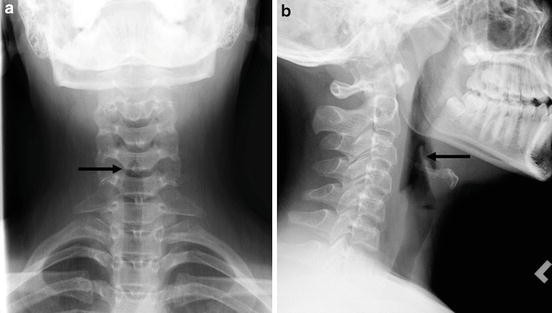
Radiologic Evaluation Of Larynx Springerlink

Ct Scans Of The Larynx Showing A Thickening Of Aryepiglottic Folds Download Scientific Diagram
Imaging Soft Tissues Of The Neck Radiology Key
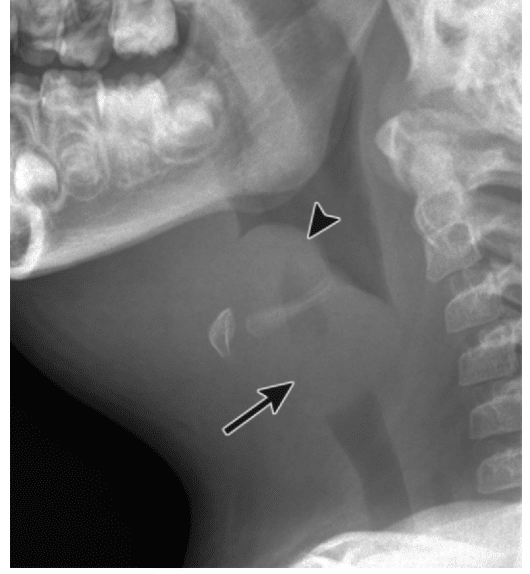
Epiglottitis Teachmepaediatrics

Pdf Sonographic Measurement Of The Epiglottis In Normal Chinese Adults Semantic Scholar

